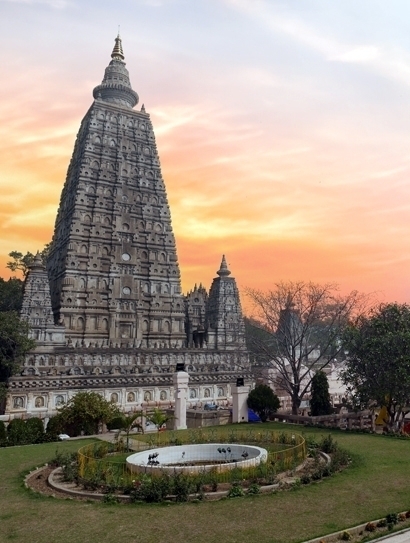Blissful Bihar
Bihar, the place where the Buddha once lived and where many monasteries can be found, attracts a considerable number of Buddhists and non-Buddhists alike every year. Peace-seekers, those interested in experiencing authentic tribal culture and rural India, and those curious about India’s illustrious past should all make the trip to this area because of its historical significance in Buddhism and Jainism.
The Land Of Monasteries
The name “Bihar” originates from the Sanskrit word “Vihara,” which means “monastery.” This state has a rich and illustrious history within the larger context of Indian culture. It is located in eastern India, in the Gangetic plains; it borders Uttar Pradesh to the west, Jharkhand to the south, West Bengal to the east, and Nepal to the north.
Prince Siddhartha, later renamed the Buddha, attained enlightenment through meditation beneath a Bodhi Tree in Bihar. It is a famous destination not just for Buddhists but also for Jains and Hindus. What truly sets the state apart is the unique blend of religious and spiritual practices, historical and pedagogical traditions, and academic institutions. Bodh Gaya, Rajgir, Patna, Vaishali, Pawapuri, and Nalanda are just a few of Bihar’s many fascinating cities.














